In November 2018 my friend Matthias, a crazy herpetologist (with many other naturalist lives) came from New Caledonia to look for “lizards” in North Queensland. Since I had loved my 2017 trip to the Cape York, had not seen every bird species up there (unsurprisingly), he was planning to visit some areas unknown to me, AND his trip coincided with my 30th birthday, I could not not come along for some naturalist adventures.
As you may have guessed from my use of the word “lizards”, I don’t know much about reptiles (of course I mean non-avian reptiles; I am fine with avian reptiles). I generally leave those to Matthias and other serious people, but did manage to notice and photograph a few rather large ones. So, here are a few pictures of birds and reptiles I really enjoyed.
The Daintree
The Daintree rain-forest is famous worldwide with good reason. It is the oldest continually surviving rain-forest in the world (at least Wikipedia thinks so, ref needed), offers dramatic landscapes with steep forested mountains falling into the coral sea, and quite logically is home to a very impressive number of plant and animal species. Unfortunately, wildlife is surprisingly difficult to find there. In my experience (a total of 5 days in the build-up season; probably not representative) bird density and diversity in particular appears quite low in the forest at sea level, and gets respectable only after hiking up for two hour to the wetter, fresher and shorter forest; also home to swarms of very affectionate leeches. Around the campsite and at the beach I probably saw only 20 species, fewer than fly over my garden in Canberra. A few more species showed up in the mangroves, but I could not find any of the specialist species there. Spotlighting at night, we saw some frogs, white-tailed rats, musky rat-kangaroos, but no owls or possums. Nevertheless, on the board walk going across mangroves we observed several of one of my favourite lizards, Boyd’s forest dragon:
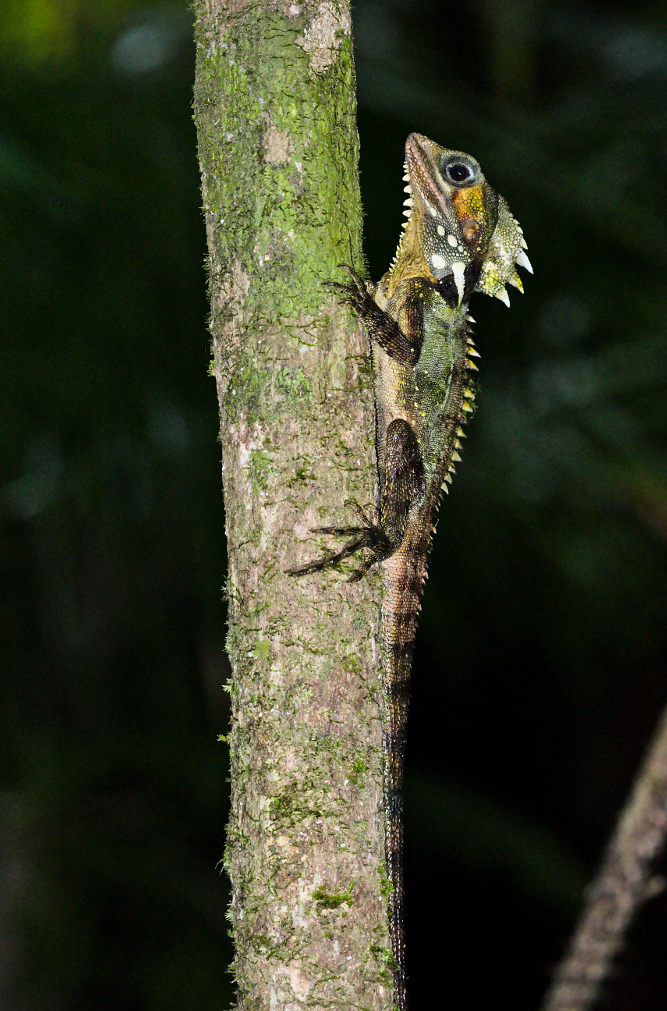
Somehow, things get much more exciting directly along the Daintree river and just South of it. We saw our first snake of the trip (dead), I got a few lifers (=bird species that I saw for the first time), and there were enough flocks to keep me annoyingly frantic. We went on a croc-cruise with the company Solar Whisper, because seeing saltwater crocodiles cannot hurt (oh wait…) and these people are really wildlife lovers and experts who are very good at showing birds, frogs, snakes… in addition to the salties.
The banner of this page shows Lizzie, named after Queen E2, half-hidding in the mangrove (or is she hidding at all?). The one below, Eric, the local boss was even more obvious that morning:

But as I wrote, it was not all about crocs. Below is a White-lipped tree frog showing a unusual colour (they spend most of their time green):
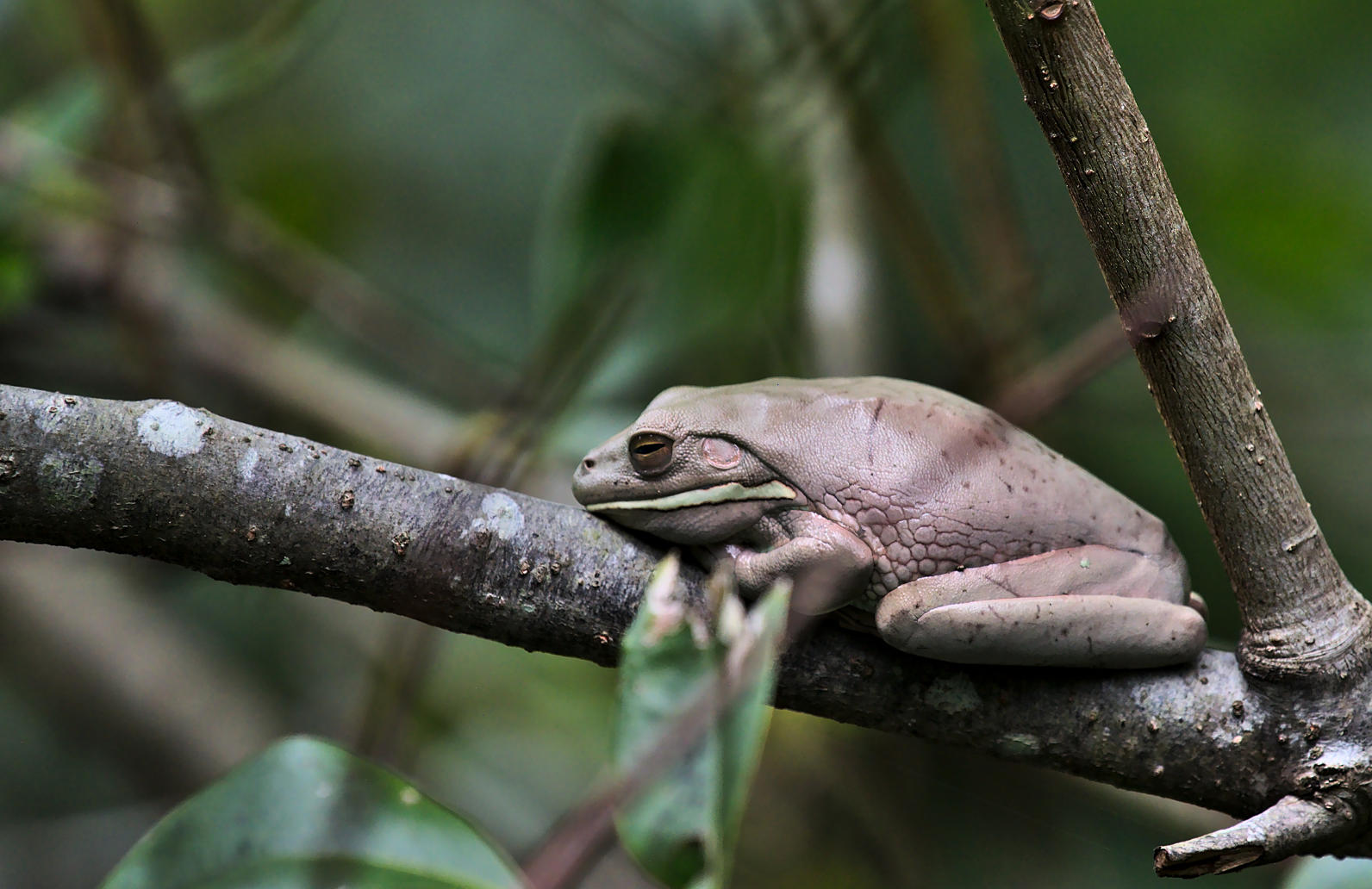
There were good birds too, including of course kingfishers. Although it is not rare nor endemic to North Queensland I am quite fond of the azure kingfisher (“azure” stands for amphetamine user”):
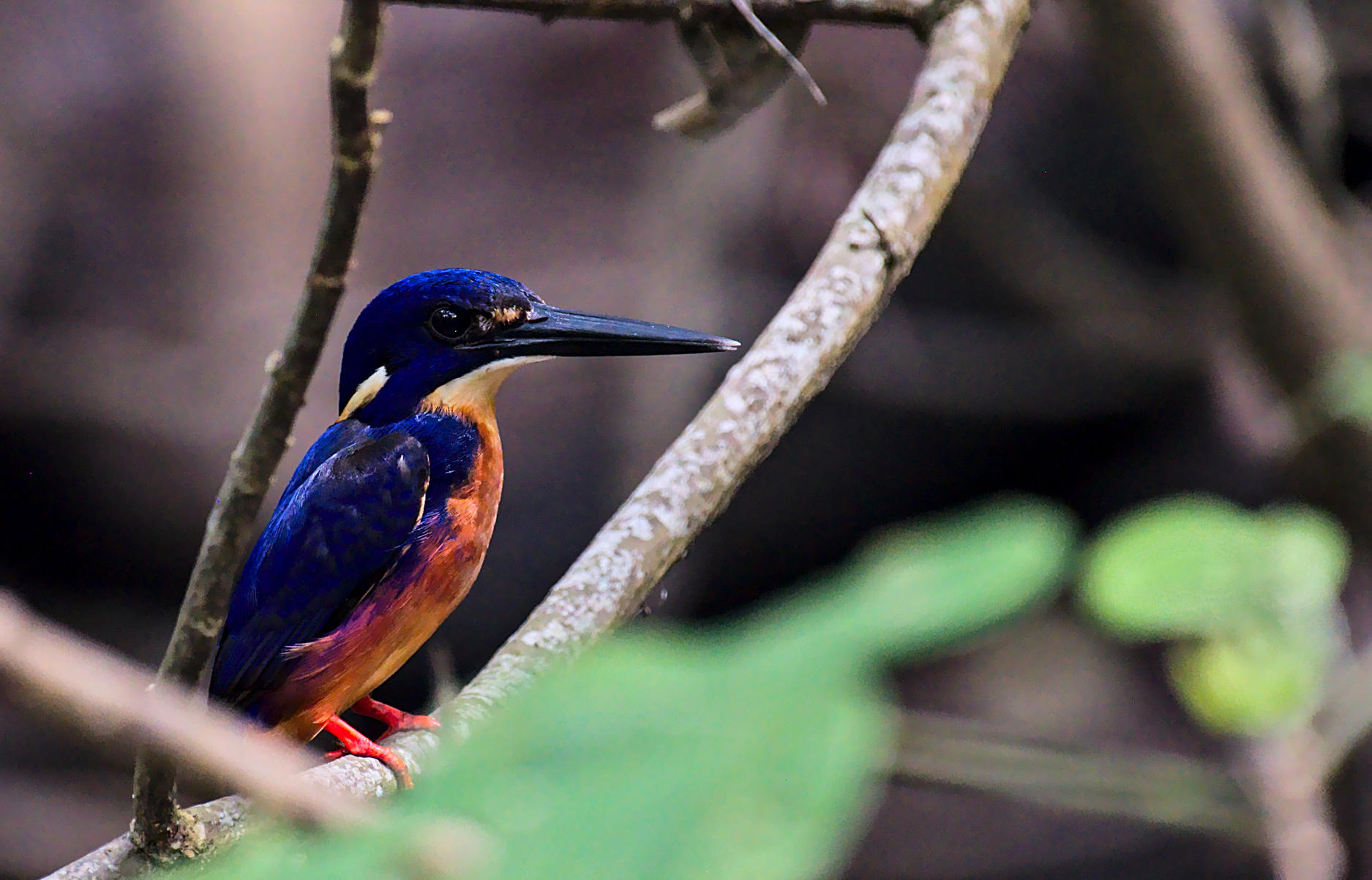
Finally, here are two birds attending to their respective nests:
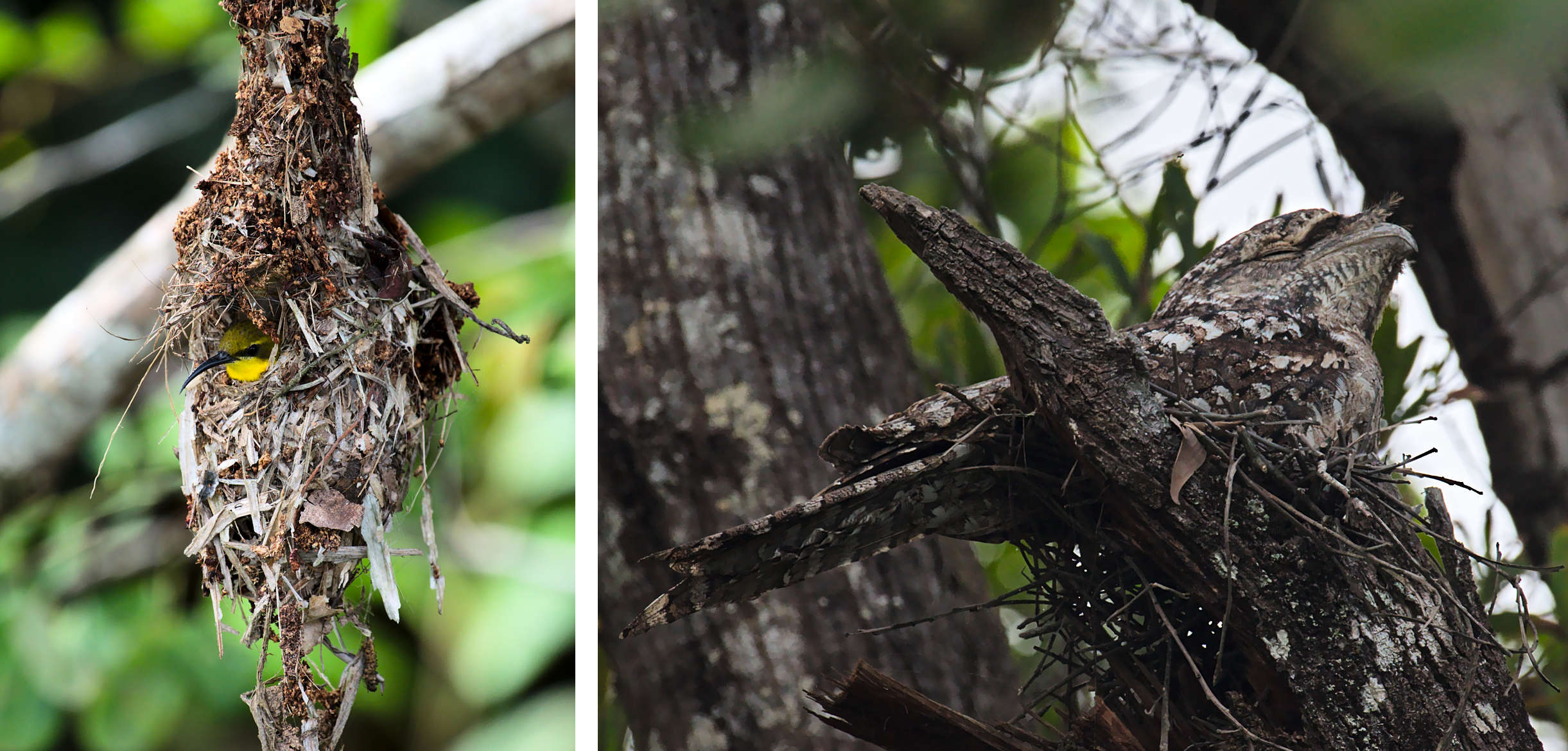
Here, on the banks of the Daintree river, ends the first part of our trip. Before reaching the tablelands, the true goal of my coming, allow us some cold drinks, an ice refill, and a lazy morning.
Davies Creek National Park
Driving to the tablelands from the North, we first visited Davies Creek National Park. It starts as a dry open woodland in the West and climbs along majestic water-falls up to a rather wet and tall forest. The first motivation to visit the park was the high density of presence of frilled-necked lizards (Chlamydosaurus kingii). Can you spot them? (I hope so!)
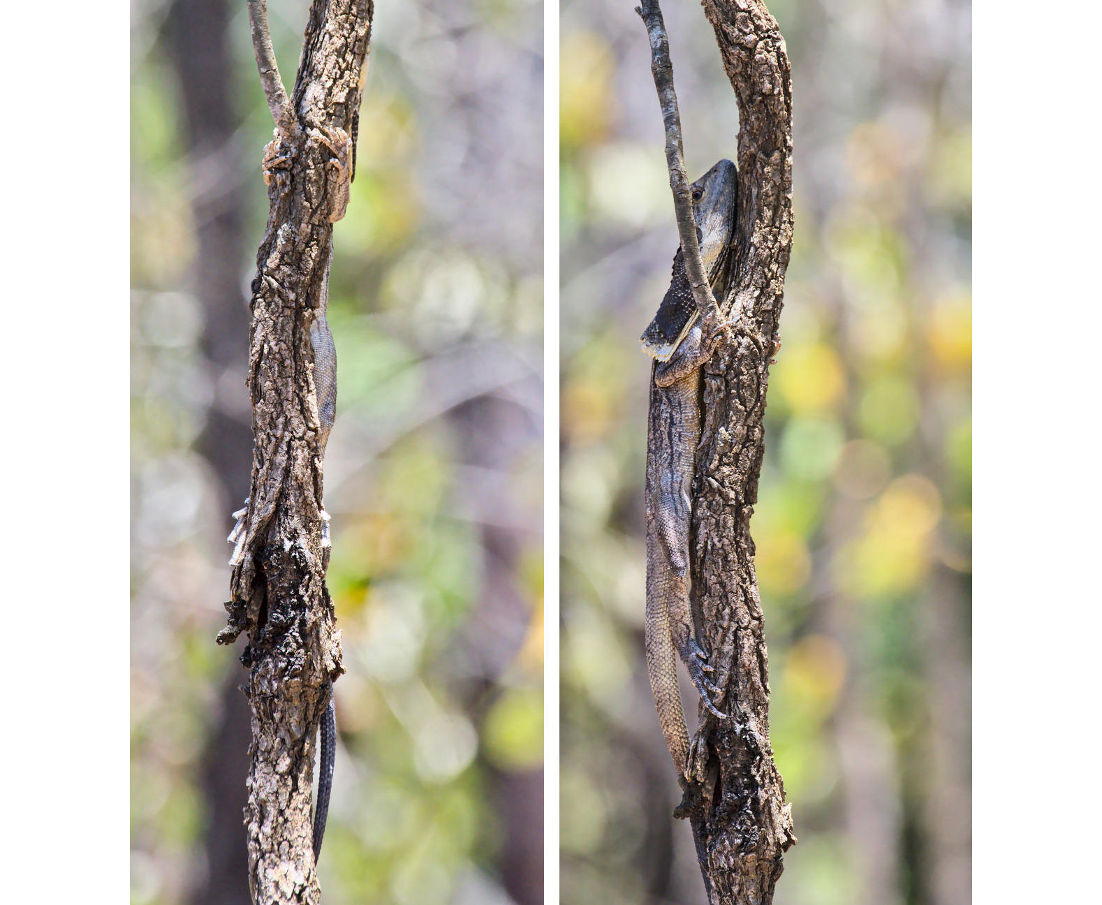
We spotted a few of those and were scary enough to have one run away on its rear legs like a little velociraptor; although we were not granted a frill.
At night we had great success spotlighting, with several gecko species, the endangered northern bettong, and a spotted-tailed quoll.
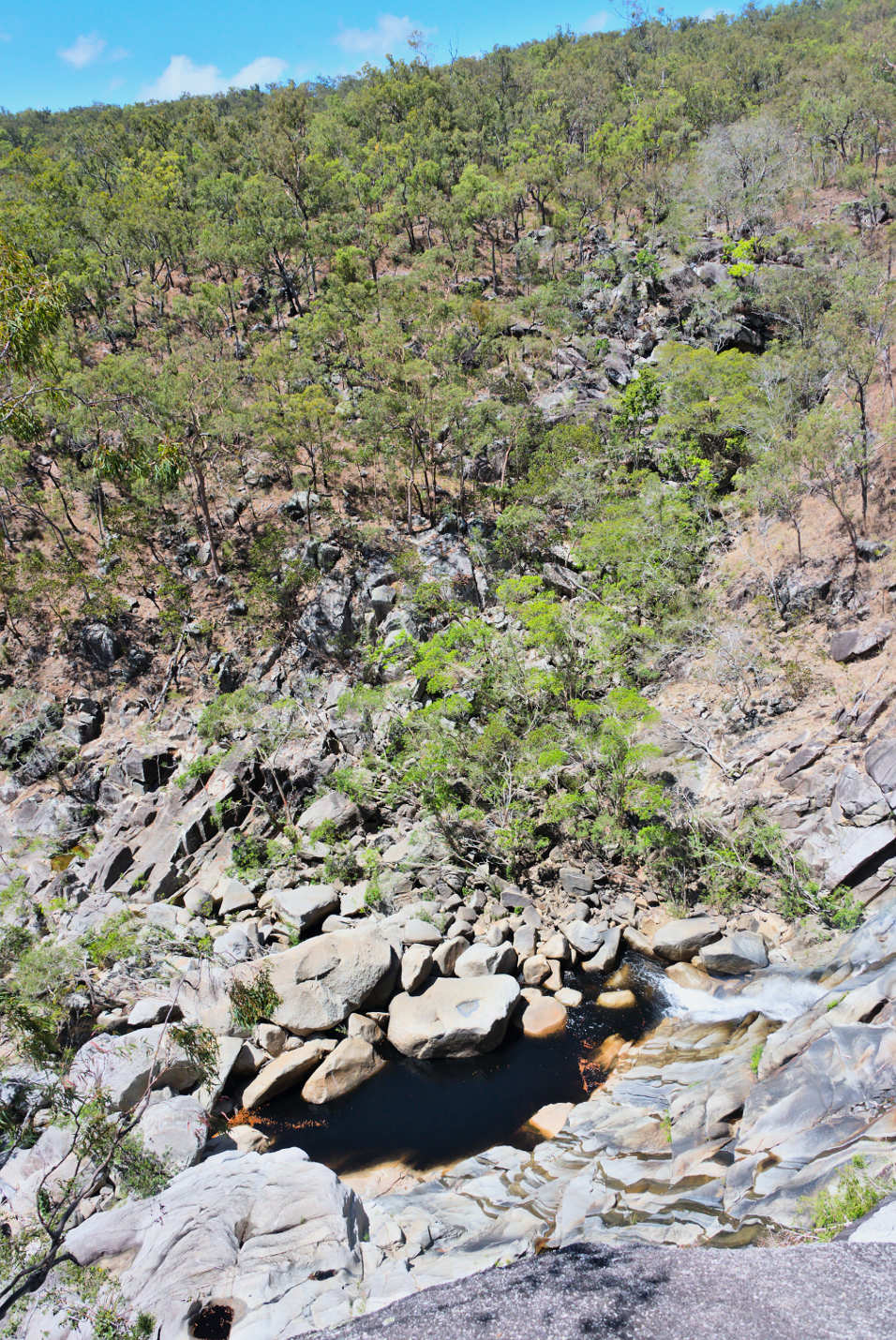
Bird life was quite nice and in particular I (at last!) saw a pale-headed rosella. There were good robins, shrike-thrushes, monarchs, nightjars… But rather than showing crappy pictures for any of those, let’s carry on on the theme of large lizards:
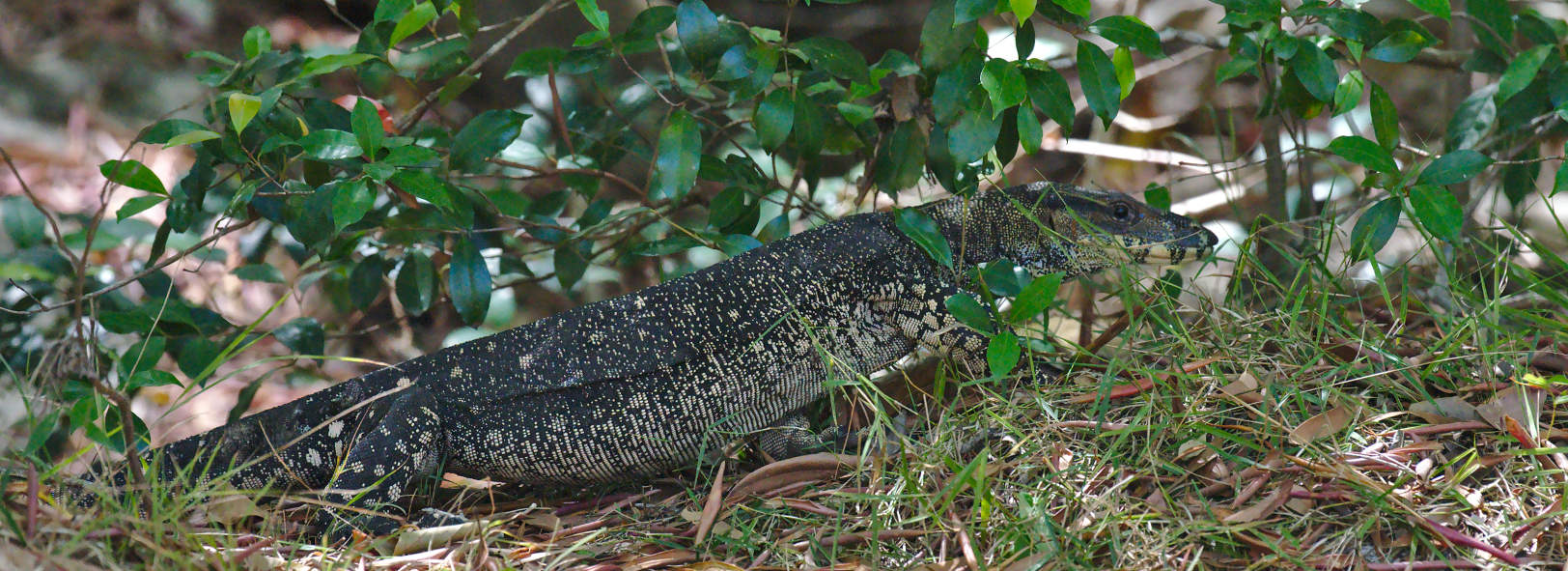
That is all for now. Part three (the lakes of central tablelands) will have to wait for another night.

